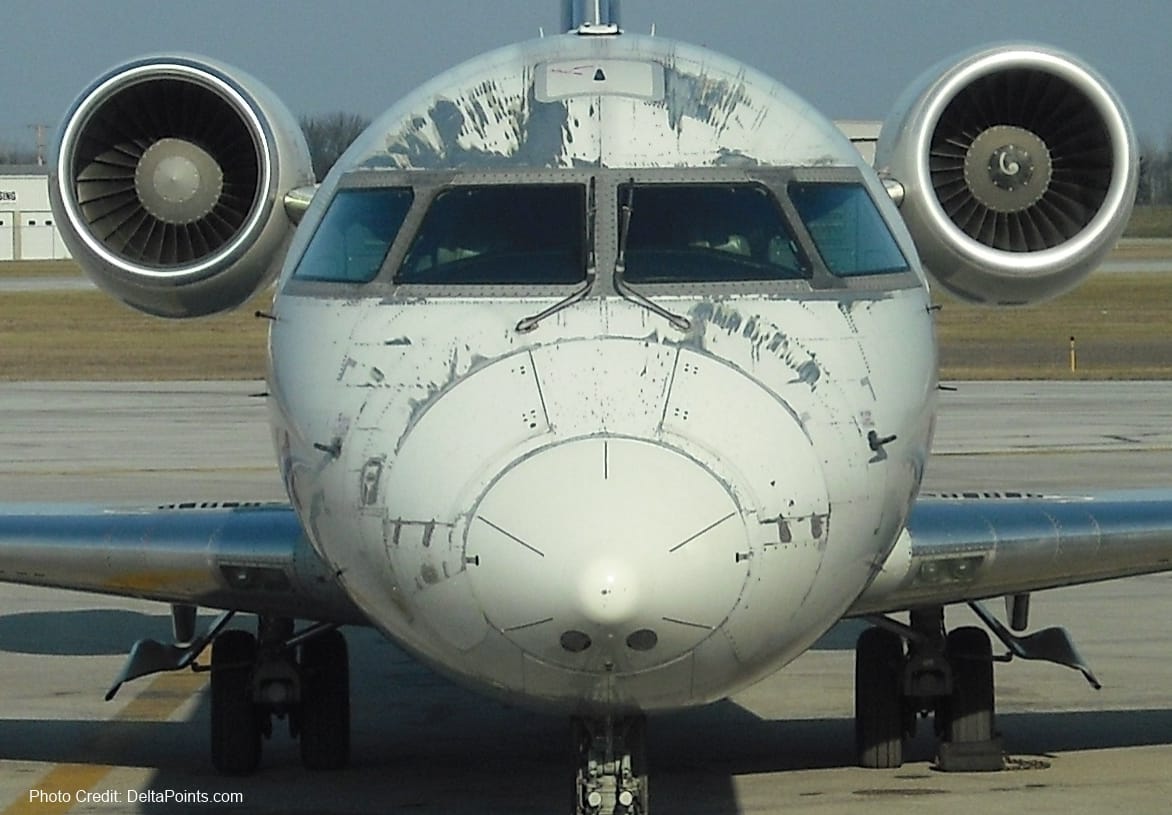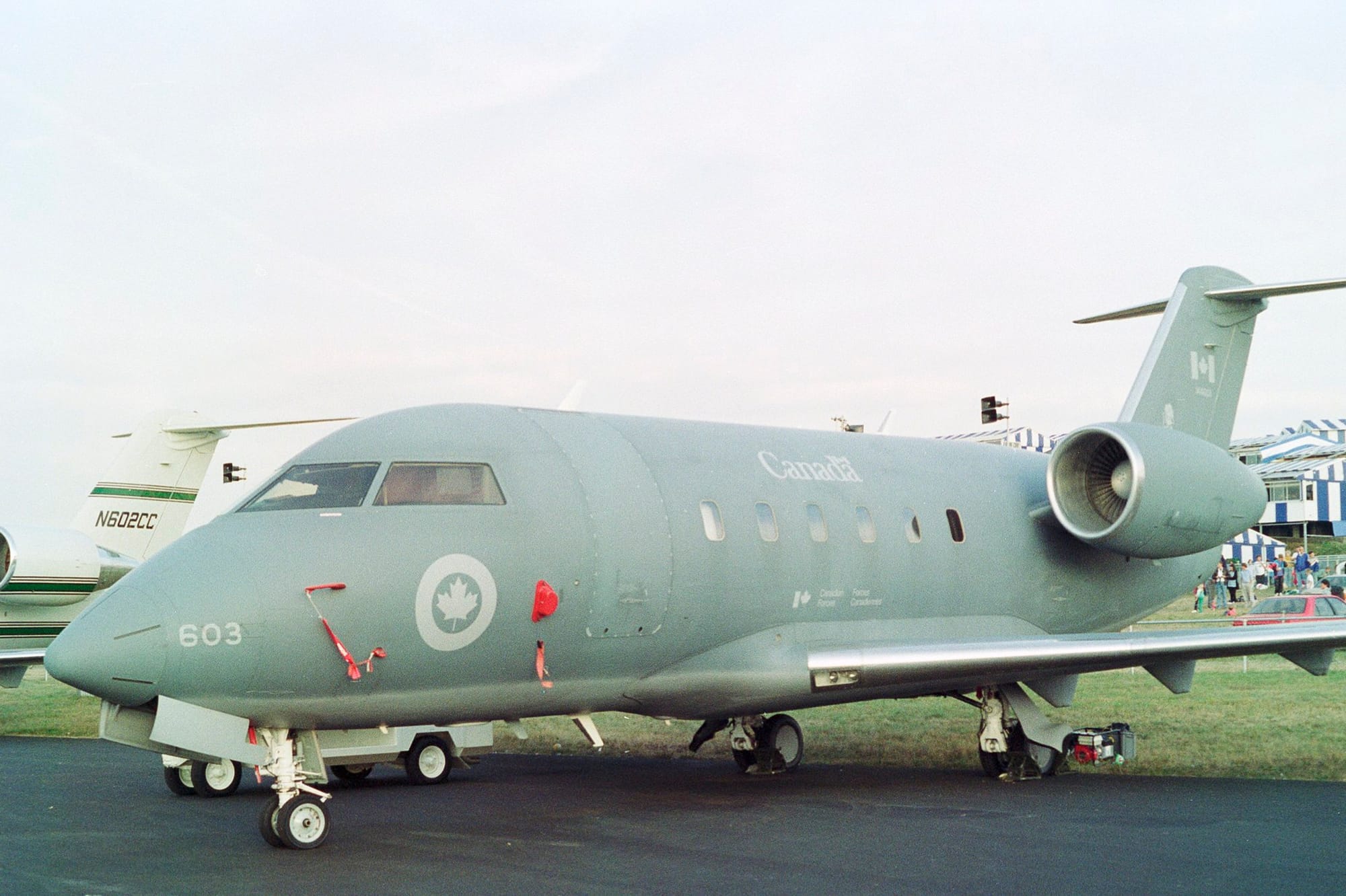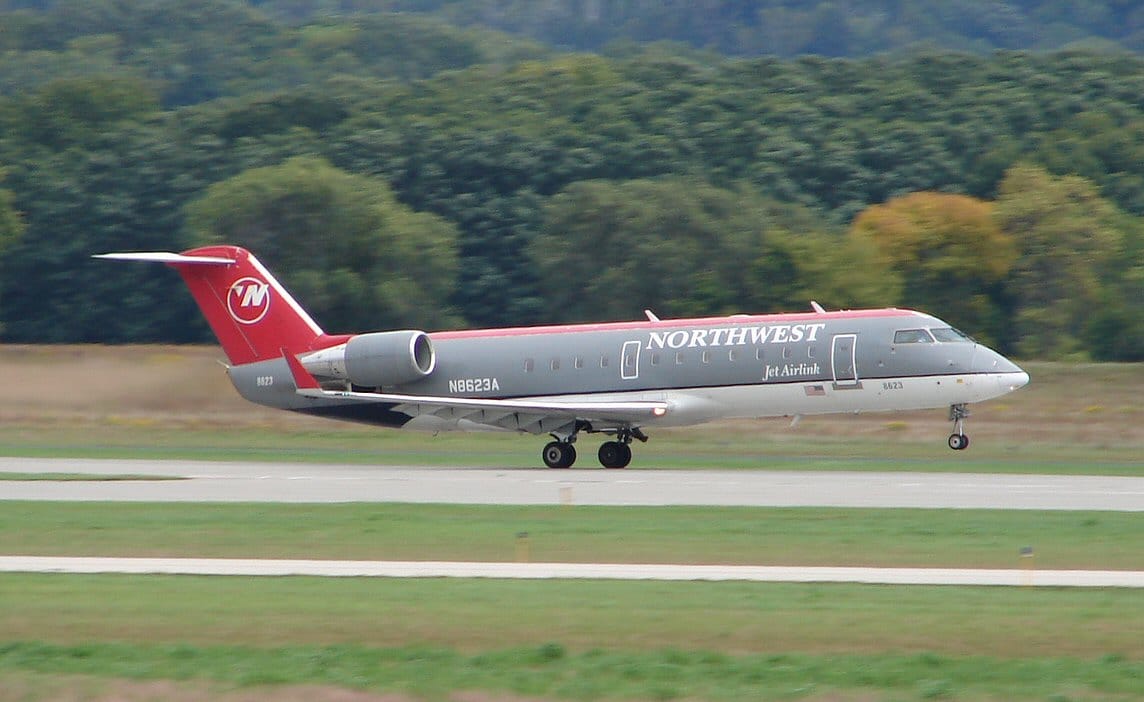Why the CRJ200 Was the Worst Commercial Airplane Ever Built

Few airplanes evoke such a polarizing response as the Bombardier CRJ200. For decades, this regional jet has been a workhorse for short-haul routes, but for passengers and crews alike, its reputation has often been far less than flattering. While the aircraft may have served a practical purpose in connecting smaller cities, its flaws in design, passenger experience, and operational efficiency firmly place it as one of the least beloved commercial airplanes in aviation history.
The Problematic Design

The CRJ200’s origins trace back to Bombardier’s Challenger 600 business jet, which is its first major shortcoming. Designed as a corporate jet for a handful of passengers, the Challenger’s narrow fuselage was adapted to seat 50 passengers in the CRJ200, resulting in a cabin that felt cramped and uncomfortable. With a fuselage diameter of just 8 feet 10 inches, passengers were subjected to limited headroom and narrow seats that bordered on claustrophobic.
The overhead bins, a critical feature for modern travelers, were woefully undersized. Many carry-on bags that fit easily in larger aircraft had to be gate-checked, creating inconvenience for passengers. And, the lack of a true first-class cabin or even premium economy seating meant the CRJ200 offered no differentiation in comfort levels.
Poor Passenger Experience
If the physical design of the CRJ200 was not enough to deter travelers, the in-flight experience often sealed its fate. The plane’s small engines, while sufficient for short regional hops, struggled with performance at higher altitudes and during inclement weather. This led to frequent delays and cancellations if the weather was too hot or too cold.
Noise levels inside the cabin were another major drawback. The rear-mounted engines contributed to a noisy environment, particularly for those seated near the back. This, combined with minimal sound insulation, made for an uncomfortably loud ride. And because of the weight of 50 passengers in a jet designed for 8 people, the low cruising altitude compared to larger jets often meant encountering more turbulence and enroute weather (like thunderstorms).
Operational Inefficiency

From an airline perspective, the CRJ200’s operational inefficiencies also contributed to its poor reputation. The aircraft’s General Electric CF34-3B1 engines were not particularly fuel-efficient, nor were they that powerful. This meant a significant drawback as fuel prices climbed in the 21st century, and average passenger weights continued to climb. This inefficiency, coupled with limited seating capacity, made the plane less cost-effective compared to newer regional jets such as the Embraer E-Jet series.
Maintenance challenges further compounded its issues. As the airplane got older, the aging airframes required more frequent repairs. Increased with the frequent takeoff and landings of the aircraft, most airlines found it increasingly difficult to justify the expense of keeping the CRJ200 in service.
Most airlines have retired the CRJ200 and opted to convert, less old CRJ700's into the CRJ550 variant. The CRJ550 (built on a CRJ700 fuselage) has 50 seats, except it features a full first class, premium seating, and roomy economy. Making it a better overall airplane while still being able to operate to smaller airports.
Final Thoughts
While the CRJ200 played an important role in the development of regional air travel, its numerous shortcomings have ensured its legacy as one of the most maligned airplanes in commercial aviation history. From its cramped cabin and poor passenger experience to its operational inefficiencies, the CRJ200 exemplified a design that was more a compromise than a solution. Today, as airlines transition to newer and better regional jets, travelers can breathe a sigh of relief knowing that the era of the CRJ200 is finally dead.





